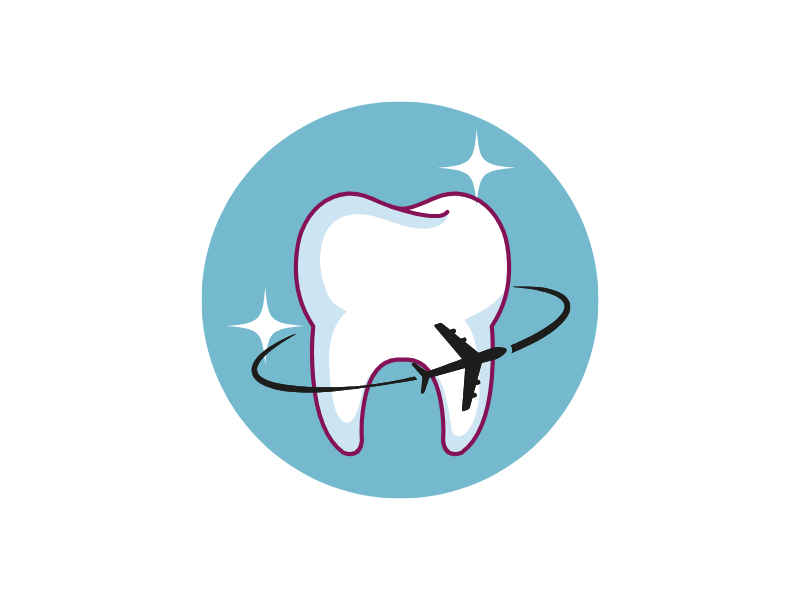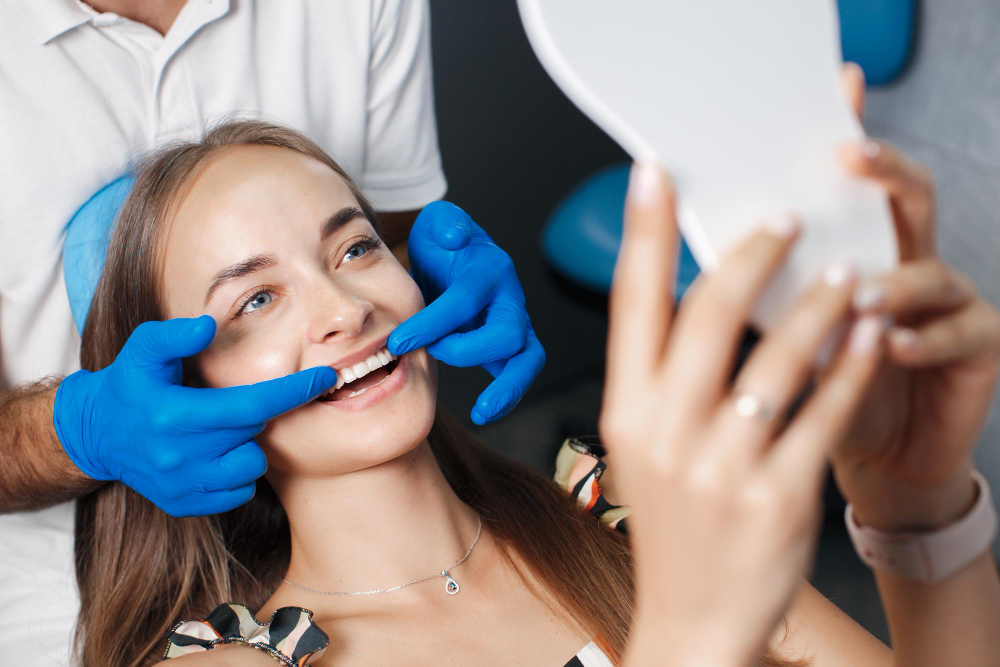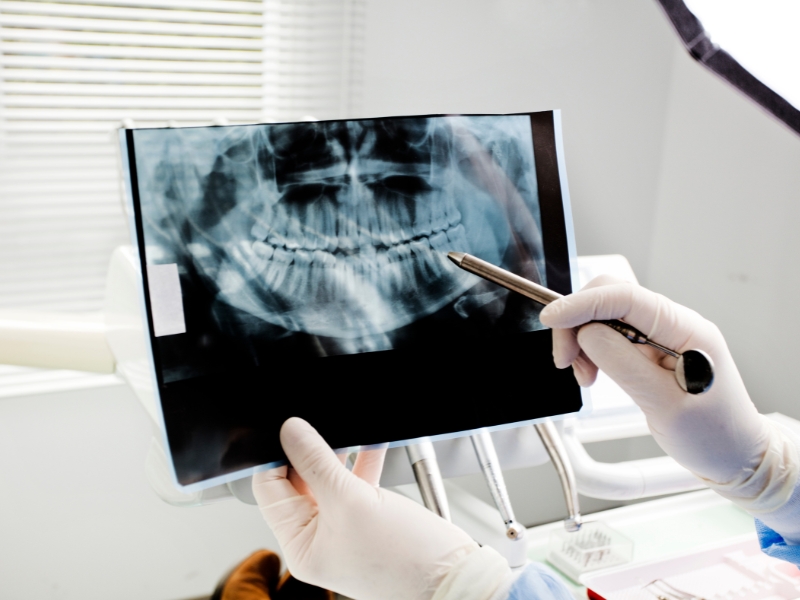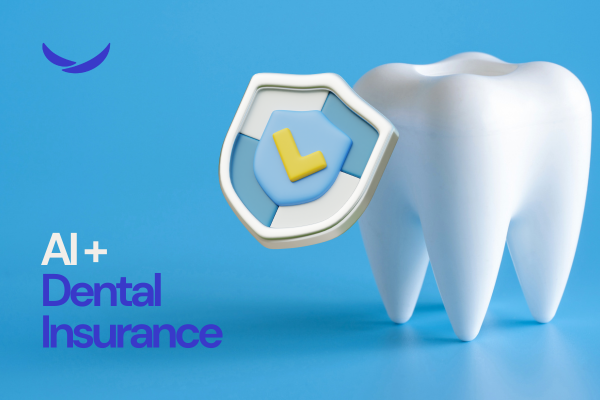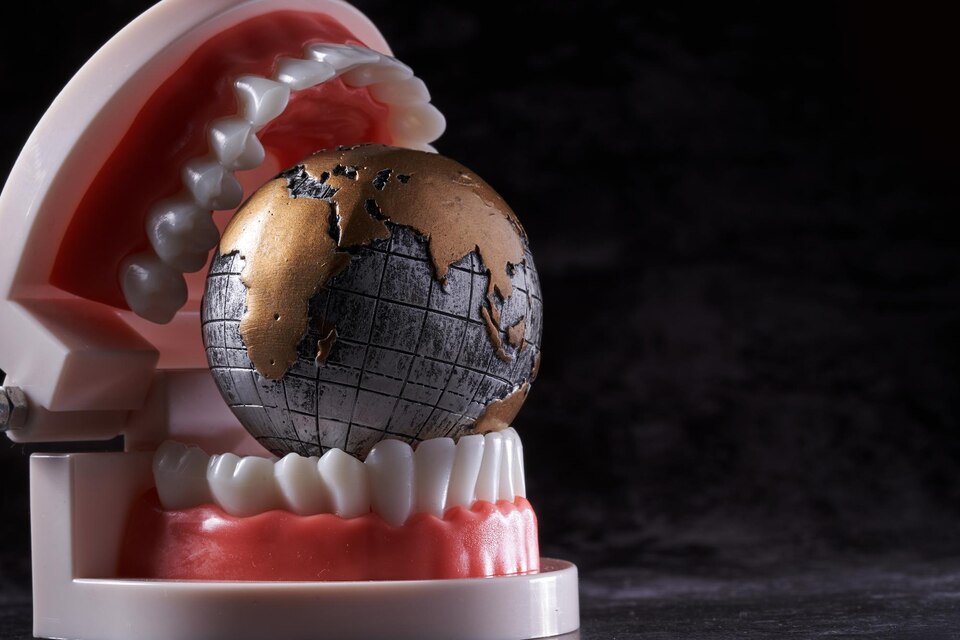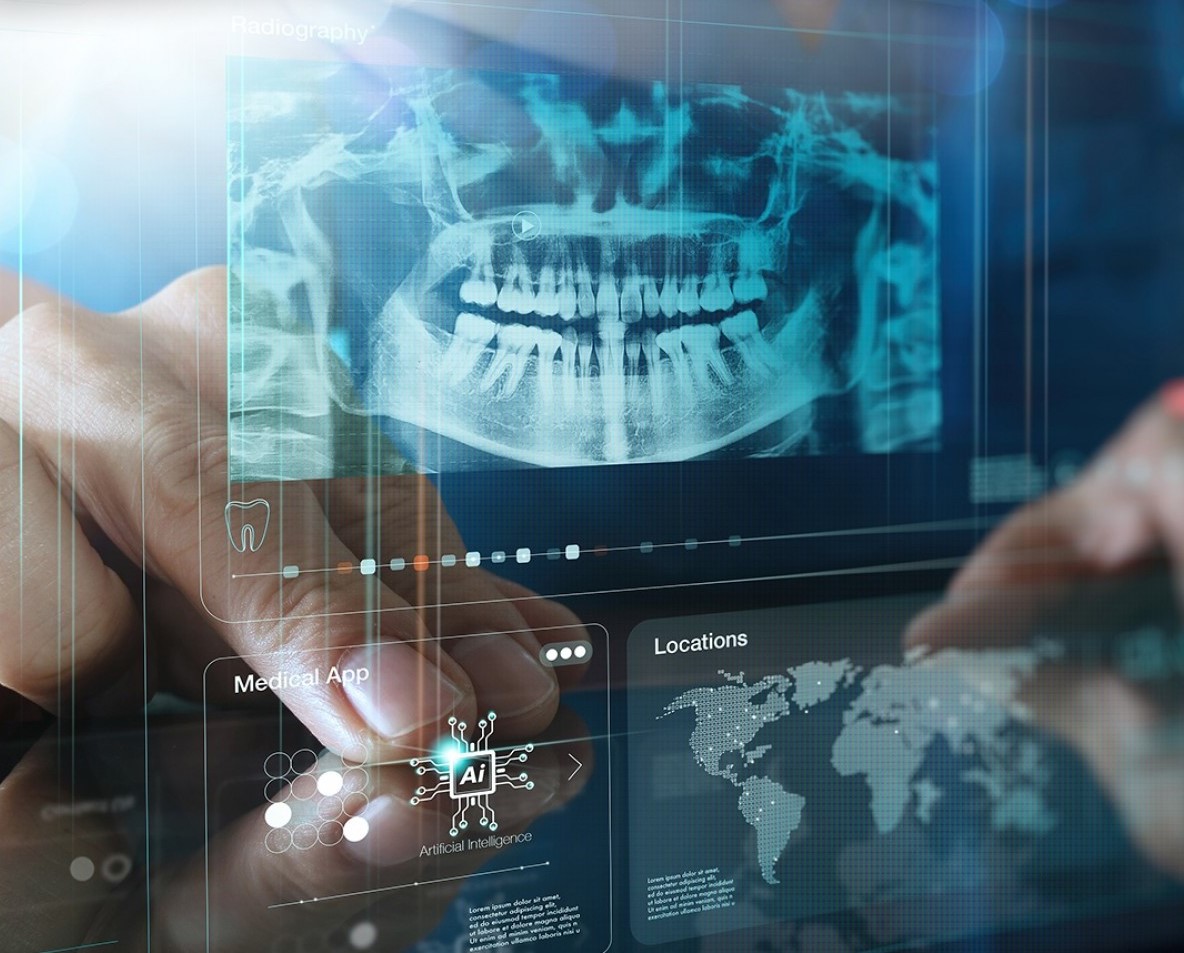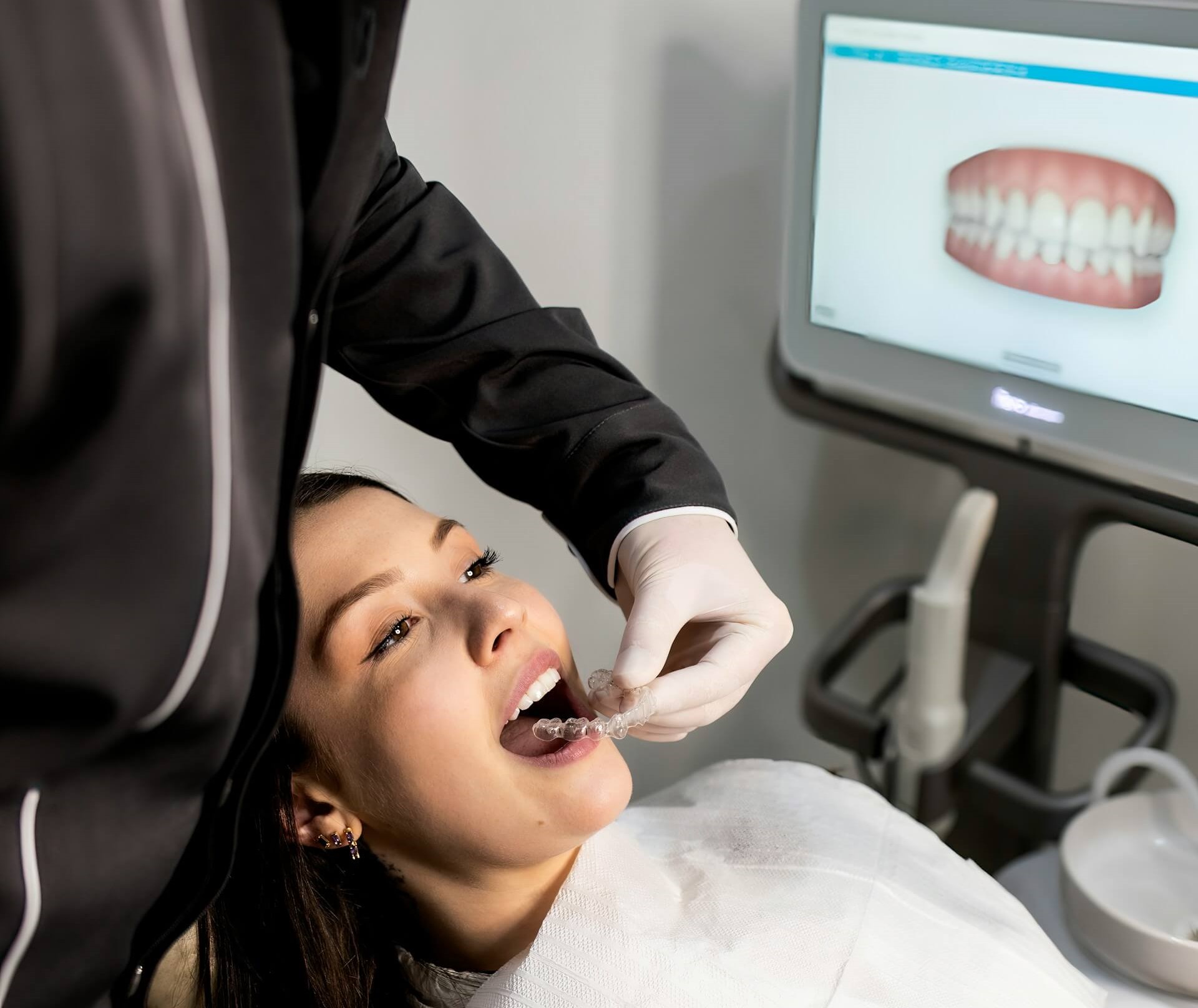In the rapidly evolving world of dental technology, advancements in artificial intelligence (AI), 3D printing, and digital workflows are transforming smile design. This isn’t just about adopting new tools—it’s about reimagining the entire patient experience.
Automating with Precision
AI is revolutionizing smile design by analyzing facial characteristics like eye position, pupil alignment, and proportions to generate a “smile frame.” This framework automates the creation of restorations that align with natural aesthetics. However, while AI excels at repetitive tasks and pattern recognition, it still requires human oversight for nuanced adjustments. Smile design isn’t about perfection—it’s about creating something that feels natural and evokes emotion.
Data Quality
High-quality data is essential for accurate outcomes. Poor-quality images or scans can lead to misaligned models and inaccurate results. To ensure success:
- Use raw image formats.
- Follow manufacturer-recommended protocols.
- Employ advanced software filters to enhance clarity.
Remember: “Garbage in, garbage out.” Pristine data collection is crucial for unlocking the full potential of AI-driven workflows.
3D Printing
3D printing offers unmatched flexibility and efficiency compared to traditional milling methods. With a single click, clinicians can produce everything from temporary restorations to full dentures in-office. Benefits include:
- Real-time collaboration via cloud platforms.
- Faster turnaround times.
- Multi-layered printing for replicating the optical properties of natural teeth, such as translucency and opacity.
This innovation promises restorations that not only look authentic but also exhibit long-term durability.
Patient Engagement
Modern digital tools empower patients to actively participate in the design process. From viewing 3D renderings of their future smiles to trying on mock-ups the same day, patients gain a sense of ownership over the outcome. This shift aligns with societal trends toward instant gratification and personalization, enhancing satisfaction for both patients and practitioners.
Challenges Ahead
Despite its promise, this field faces challenges:
- Distortions in facial scans due to camera limitations.
- Variability in image quality affecting diagnostic accuracy.
- Subjective aesthetic preferences influenced by cultural norms and social media trends.
However, continuous education and adaptation can overcome these hurdles, enabling practitioners to deliver exceptional care.
The Bottom Line
The convergence of AI, 3D printing, and patient-centric workflows marks a paradigm shift in restorative dentistry. By automating routine tasks, improving diagnostics, and fostering transparency, these technologies allow practitioners to focus on what truly matters: delivering personalized, high-quality care.
Are you ready to join the revolution? Stay tuned for more updates on how cutting-edge solutions are changing the face of dentistry forever!


